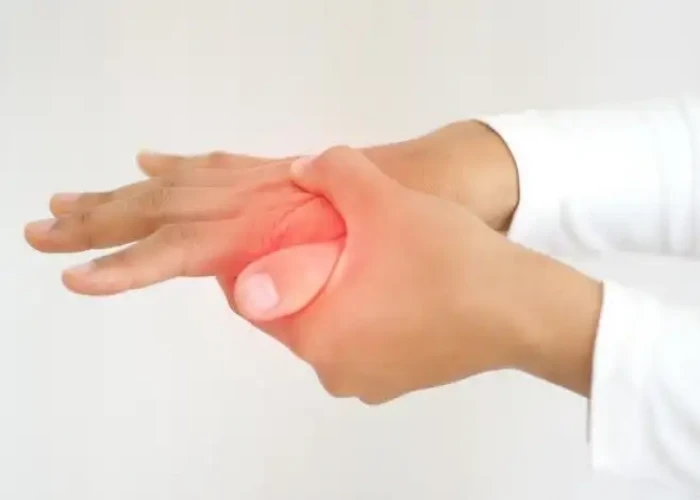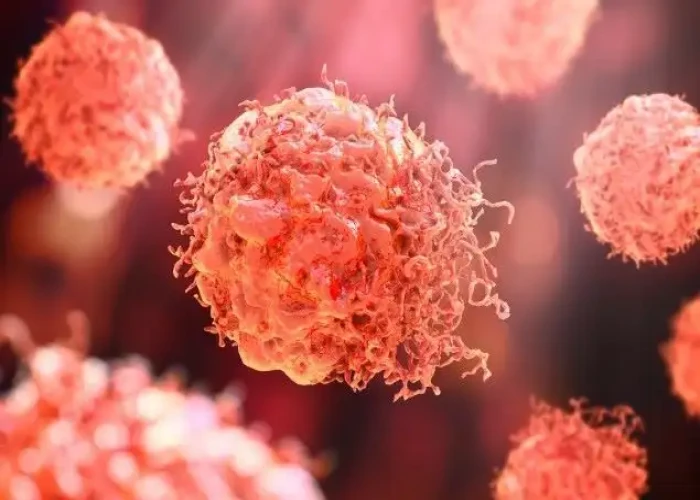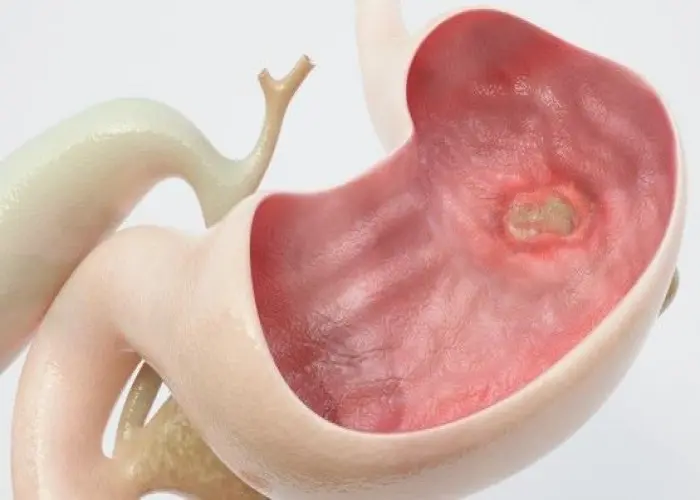 Welcome
Welcome
“May all be happy, may all be healed, may all be at peace and may no one ever suffer."
Esthesioneuroblastoma

Esthesioneuroblastoma, also known as olfactory neuroblastoma, is a rare type of cancer that arises in the nasal cavity and affects the olfactory nerve, which is responsible for the sense of smell. This cancer usually grows slowly and can spread to nearby structures such as the sinuses, eyes, and brain.
The exact cause of esthesioneuroblastoma is not known, but it is believed to be related to mutations in the DNA of cells that produce nerve cells in the nasal cavity.
Symptoms of esthesioneuroblastoma may include nasal congestion, nosebleeds, loss of smell, facial pain, and headache. As the tumor grows, it may cause vision changes or even neurological symptoms, such as seizures or difficulty with balance.
Treatment for esthesioneuroblastoma may include surgery to remove the tumor, radiation therapy, and chemotherapy. The treatment approach may depend on the size and location of the tumor, as well as the extent of its spread. In some cases, a combination of treatments may be used to achieve the best outcome.
Because esthesioneuroblastoma is a rare type of cancer, it is often treated by a team of specialists, including a neurosurgeon, an otolaryngologist (ear, nose, and throat doctor), and an oncologist. Regular monitoring and follow-up after treatment are important for managing this condition and detecting any signs of recurrence.
Research Papers
Disease Signs and Symptoms
- Nose bleeding
- Difficulty breathing (dyspnea)
- Losing the sense of smell
Disease Causes
Esthesioneuroblastoma
The exact cause of esthesioneuroblastoma has not been found. In general, cancer begins with a genetic mutation that allows normal, healthy cells to continue growing without responding to the signals to stop, which is unlike what normal cells do. Cancer cells grow and multiply out of control. The accumulating abnormal cells form a mass (tumor).
Disease Prevents
Disease Treatments
Esthesioneuroblastoma treatment usually involves an operation to remove the cancer. Other treatments include radiation with high-powered energy beams and chemotherapy with powerful drugs.
Surgery
Surgical techniques vary, depending on the tumor's location, and generally include procedures performed by:
- Removing the nasal portion of the tumor. This is normally done as endoscopic surgery. The surgeon uses a long, thin tube (endoscope) equipped with a camera inserted through the nose to assess the cancer. Special surgical tools are passed through the endoscope to visualize the area and assist with the removal of the cancer and the surrounding tissue.
- Opening the skull to gain access to the tumor. A craniotomy is a procedure to remove a small portion of the skull in order to remove the tumor and separate it from the brain.
Treatment for esthesioneuroblastoma usually involves experts from multiple specialties, such as neurosurgeons, head and neck surgeons, radiation oncologists and medical oncologists.
Radiation therapy
Radiation therapy uses high-energy beams, such as X-rays or protons, to kill cancer cells. People with esthesioneuroblastoma often undergo radiation therapy after surgery to kill any microscopic cancer cells that might remain in the head and neck.
Radiation therapy can also be used alone or in combination with chemotherapy if surgery isn't an option due to other health concerns or if the cancer is too advanced to be removed through an operation.
Chemotherapy
Chemotherapy uses drugs to kill cancer cells. In people with esthesioneuroblastoma, chemotherapy is combined with radiation therapy after surgery to kill any cancer cells that may remain, especially for cancers that are very aggressive or extensive.
Disease Diagnoses
Disease Allopathic Generics
Disease Ayurvedic Generics
Disease Homeopathic Generics
Disease yoga
Esthesioneuroblastoma and Learn More about Diseases

Laryngitis

Septic arthritis

Sarcoma

Roseola

Gastric Ulcer

Bird flu (avian influenza)

Peripheral nerve injuries

Mitral valve disease
esthesioneuroblastoma, এস্টেহেনিউরব্লাস্টোমা
To be happy, beautiful, healthy, wealthy, hale and long-lived stay with DM3S.
